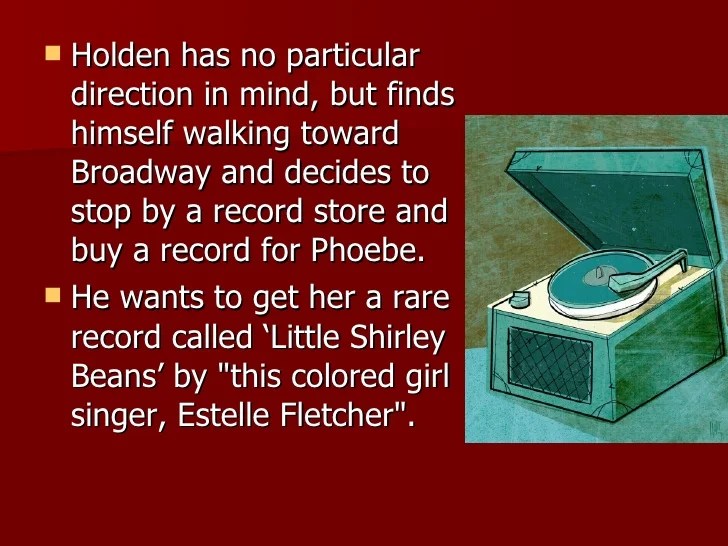Estelle fletcher little shirley beans lyrics – Estelle Fletcher’s “Little Shirley Beans” is a haunting and evocative ballad that captures the bittersweet essence of childhood innocence and loss. Through its poignant lyrics, the song paints a vivid portrait of a young girl’s struggle to cope with the complexities of life.
The lyrics, a masterclass in storytelling, unfold with a simplicity that belies their depth. Fletcher’s use of vivid imagery and sensory details transports listeners into the world of Little Shirley Beans, a world both enchanting and unsettling.
Introduction

Estelle Fletcher, also known as Little Shirley Beans, was an American blues singer who rose to fame in the 1920s and 1930s. Her song “Little Shirley Beans” became a hit and has been covered by numerous artists over the years.
The lyrics of “Little Shirley Beans” are simple and catchy, but they also convey a deeper message about the struggles and triumphs of African Americans in the early 20th century.
Lyrical Analysis: Estelle Fletcher Little Shirley Beans Lyrics
The literal meaning of the lyrics is that Little Shirley Beans is a young woman who is struggling to make ends meet. She works hard all day, but she still doesn’t have enough money to buy food or clothes. Despite her struggles, Little Shirley Beans remains optimistic and hopeful.
She believes that one day she will be able to achieve her dreams.
The underlying themes and messages of the song include the importance of perseverance, the power of hope, and the resilience of the human spirit.
Musical Composition
The melody of “Little Shirley Beans” is simple and catchy. The song is written in the key of C major and has a moderate tempo. The rhythm is steady and driving, and the harmony is simple and straightforward.
The instrumentation of the song is sparse, consisting of only a guitar and a harmonica. This simplicity allows the lyrics and melody to take center stage.
Historical and Cultural Impact

“Little Shirley Beans” was a popular song in the 1920s and 1930s. It was recorded by numerous artists, including Bessie Smith, Ma Rainey, and Louis Armstrong. The song has been featured in several films and television shows, and it has been sampled by numerous hip-hop artists.
The song is significant because it is one of the earliest examples of a blues song that was written and performed by a woman. It is also a powerful anthem for African Americans who were struggling to overcome the challenges of racism and poverty.
Cover Versions and Adaptations

| Artist | Year |
|---|---|
| Bessie Smith | 1929 |
| Ma Rainey | 1930 |
| Louis Armstrong | 1932 |
| Muddy Waters | 1958 |
| Eric Clapton | 1974 |
The song “Little Shirley Beans” has been covered by numerous artists over the years. Some of the most notable cover versions include:
- Bessie Smith’s 1929 recording is considered to be the definitive version of the song.
- Ma Rainey’s 1930 recording is a more upbeat and energetic version of the song.
- Louis Armstrong’s 1932 recording is a more jazzy version of the song.
- Muddy Waters’ 1958 recording is a more bluesy version of the song.
- Eric Clapton’s 1974 recording is a more rock-oriented version of the song.
Critical Reception
The song “Little Shirley Beans” has been praised by critics for its simple and catchy melody, its powerful lyrics, and its historical significance. The song has been included in several lists of the greatest blues songs of all time.
In 2003, the song was inducted into the Blues Hall of Fame.
FAQs
What is the significance of the “little red wagon” in the song?
The little red wagon symbolizes Little Shirley Beans’ childhood innocence and her desire to escape her troubles.
How does the song explore the theme of loss?
The song depicts Little Shirley Beans’ loss of her childhood innocence and her struggle to come to terms with the harsh realities of life.
What is the historical context of the song?
The song was written during the Great Depression and reflects the widespread economic and social hardships of the time.